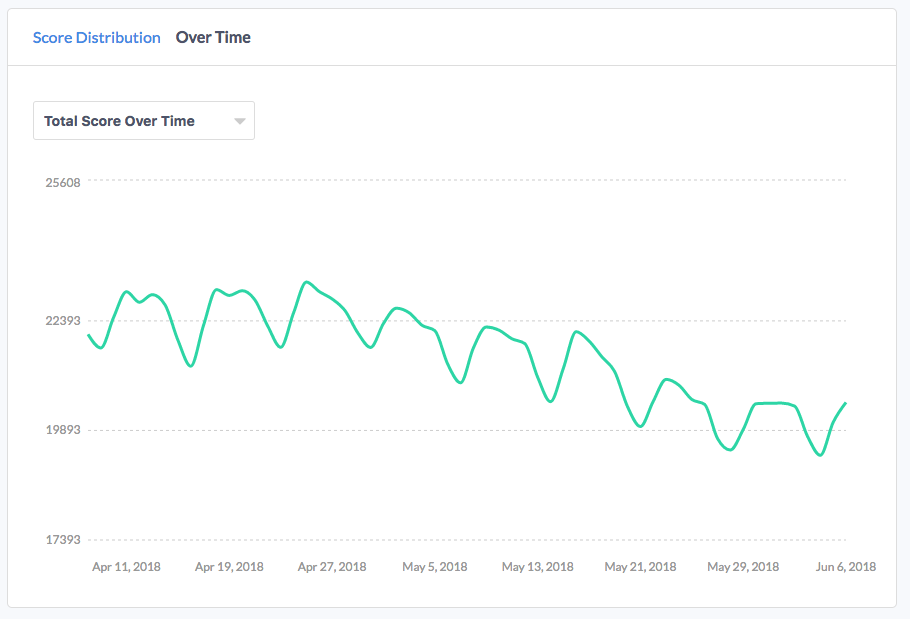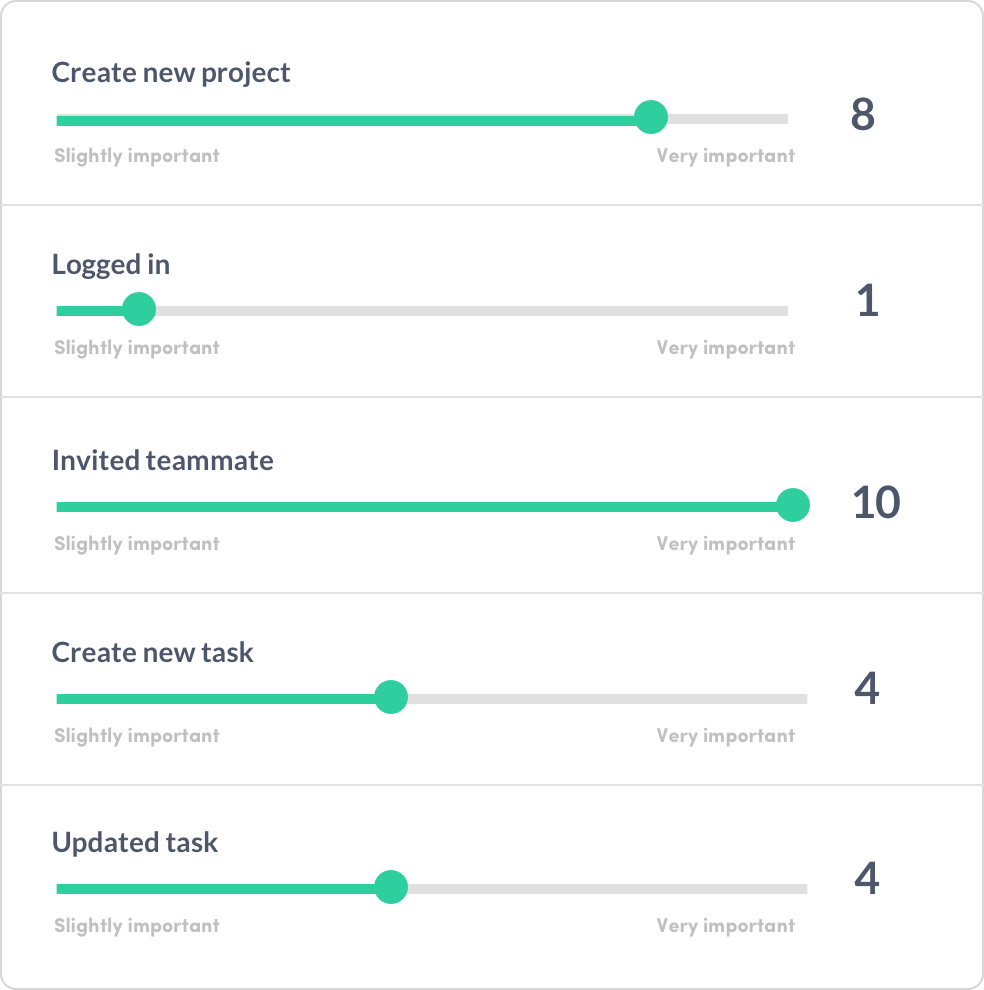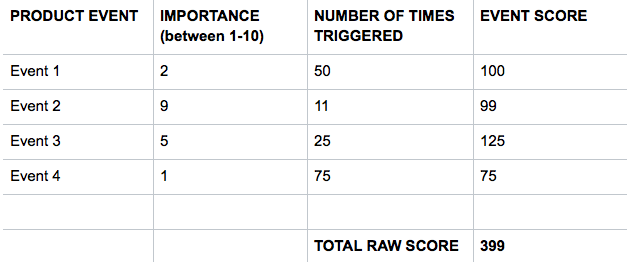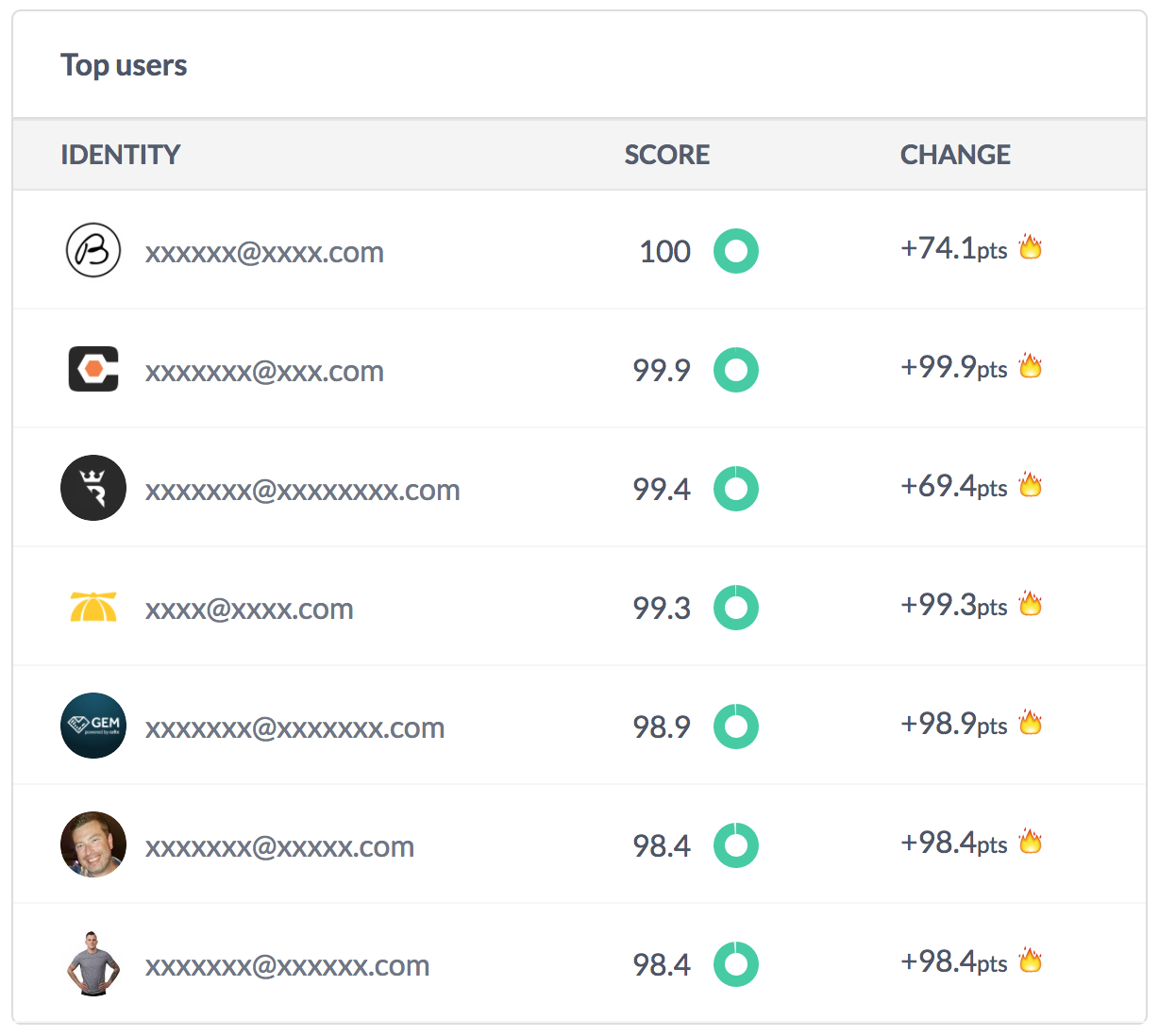“The goal of a SaaS CEO should be to increase the profit they make from each customer (LTV), and lower the costs in sales and marketing that it takes to acquire each customer (CAC). Measuring Customer Engagement is a key tool that will help you achieve that goal, as it will allow you to increase your trial conversion rates, which directly reduces CAC. And it will help you lower your churn rates, which directly increases LTV.”
– David Skok, https://www.forentrepreneurs.com/customer-engagement/
I think every SaaS CEO would agree that user engagement is the lifeblood of any SaaS business.
These CEOs know that the SaaS business model is based on retention. And that retention is dependent on engagement. Unengaged users simply don’t stick around and certainly don’t continue to pay for a product.
So…no engagement, no retention. No retention, no business. Therefore, given the transitive property of SaaS…no engagement, no business.
If this is the case, then why isn’t user engagement one of the top KPIs for every SaaS business? Why isn’t it a metric that’s featured in every executive team meeting? Why isn’t it called out in board decks or posted on every company dashboards?
Probably because, up until now, user engagement has been a difficult thing to measure.
How do you measure user engagement?
Conceptually, calculating user engagement is pretty straight forward.
TOTAL USER ENGAGEMENT = {NUMBER OF ACTIVE USERS} x {AVERAGE ENGAGEMENT PER USER}
This is a simple formula your product’s overall engagement score. You can measure it over time by calculating it on a daily/weekly/monthly basis and it will indicate whether your total engagement is going up or going down.
Measuring the first part of the equation – Active users in a time period – is pretty easy.
The second part of the equation – average engagement score per user – is the tough part. But this is where the magic lies. So…how do you find the average engagement score per user?!?
Well….this is what Sherlock was built for.
Calculating user engagement scores in Sherlock
Sherlock was built as a user engagement scoring application – a perfect way to give your product data the important context that makes it actually useful.
With Sherlock, users weigh each of their important product events on a scale of 1-10:
At which point Sherlock calculates an engagement score for each user based on the number of times each user triggered each event times the weight of the event. In practice, the calculation looks like this for each user:
From there, Sherlock calculates a raw engagement score for each user based on the above model and then normalizes that score across a product’s entire customer base. The result is that every active user is given a score between 1-100.
Looks cool, but how do you get from here to overall product engagement?
Well…pretty easily. When every user has an engagement score, these scores can be aggregated to calculate engagement at several levels above the individual user level. For example, you can see engagement:
- At the account level;
- At the specific segment level; and, of course
- At the product level
By aggregating these individual user engagement scores across an entire user base, Sherlock can calculate the second half of the product engagement calculation defined earlier:
TOTAL USER ENGAGEMENT = {NUMBER OF ACTIVE USERS} x {AVERAGE ENGAGEMENT PER USER}
Voila. You now have a KPI that you can use along side all the other important metrics that you use to assess the health of your business.
From here, you can start to assess your company efforts against this overall engagement score.
How are you new features affecting engagement? How about your new onboarding plan? What about your product marketing efforts? How about retention/churn/upsells? Etc.
And you will have a new KPI to help drive your important, high-level strategic decisions.
Taking the next level with engagement scoring
While measuring total product is important there are also many other reasons for quantifying user engagement scores. By quantifying user engagement, you can:
- Help prioritize your Sales efforts: If you have a free trial or freemium product, then it’s essential that your sales team prioritize their efforts on the accounts that are most engaged.
- Optimize your Customer Success efforts: Most of your CS team’s important efforts can and should be prioritized based on user engagement. From identifying
upsell opportunities to re-engaging high risk users to everything in-between. All of it can be assessed and prioritized based on engagement-levels. - Refine product messaging: Target users and accounts based on engagement.
- Identify potential advocates: Your most engaged users are your most likely advocates.
- Forecast your business: User engagement is a leading indicator of your SaaS business’ health. By quantifying engagement, you can start forecasting the future of your business.
Try Sherlock
To start quantifying user engagement for your SaaS business, you can signup for a free trial of Sherlock today.



